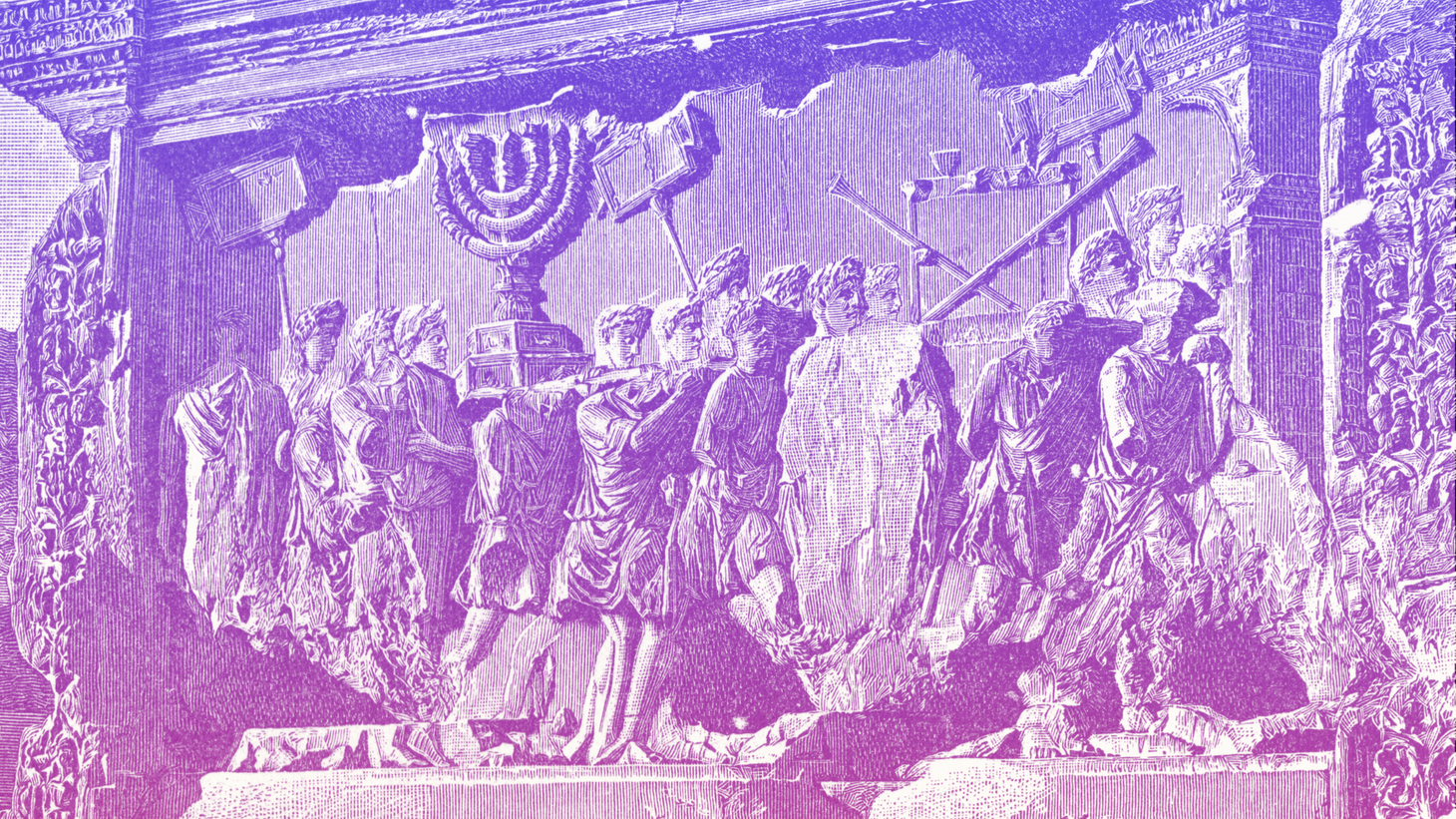Remote Worship
A distributed culture can survive and thrive — even without Zoom.

I'm working on a longer piece about how remote will change how we work, not just where. In the meantime, I wanted to share a quick thought.
I've been reading The Aristocracy of Talent, a new book by Adrian Woolridge. Woolridge is the political editor of The Economist. In the book, he traces the history of "meritocracy: the idea that people should be advanced according to their talents rather than their birth."
Like any book about the distribution of income, natural gifts, and power, it will likely elicit plenty of criticism. Luckily, I have only read a few pages, so I cannot comment on how controversial it is or isn't.
The pages I read were about Jewish history. They highlighted a historical development relevant to my current research: the ability of teams and cultures to thrive remotely and asynchronously.
Woolridge writes about Jews because he's interested in the material success of different groups and cultures. He also looks at other oppressed minorities — particularly the Parsis, the Jains, and the Chinese diaspora in Southeast Asia — who have somewhat related stories of being forced into places and professions that ultimately proved lucrative.
Earnest scholars (and bigots) have explored why Jews punch above their weight in various academic fields and professions. Woolridge lists all the usual reasons that typified Jewish existence over the past two thousand years: a religious requirement to be literate, a cultural adulation of education (as opposed to military heroes, beautiful people, etc.), an aversion to farming (as opposed to making a living from a trade or commerce), and more.
Many scholars pin Jewish success on the fact that, in many countries, Jews were not allowed to own land. Thus restricted, Jews were forced into professions that were not land-based and required different skills. They gravitated towards cities, where the economy was not based on farming. By the time the global economy shifted away from agriculture and rural life, many Jews have already mastered relevant skills and were located in relevant urban centers — particularly in Europe and North Africa, the Middle East, and along the Silk Road.
But the biggest forcing function in Jewish history is not what happened in exile; it's what happened when Jews were still home. Nearly two thousand years ago, the Romans captured Jerusalem and destroyed its Temple. The event was commemorated a few years later on the Arch of Titus, which still stands at the center of Rome.
The destruction of the Temple forced Judaism into a radical change. The Temple was the focal point of Jewish worship and Jewish life. As Woolridge explains, "Judaism rested on two great pillars: the rituals carried out at the Temple in Jerusalem and the reading of the Torah." Both were carried out by a small, centralized elite of priests.
Once the Temple was destroyed, Judaism had to become decentralized, almost overnight. "The only way that Judaism could survive after the destruction of its central institution was to transform itself from a place-based religion into a text-based one."
Sounds familiar? Over the past year, most of us were forced by a biblical-scale plague to change the way we live. Instead of spending time in centralized places to work, study, socialize, and worship, we were suddenly distributed and, often, alone. The Jews of Jerusalem faced a similar challenge, and they couldn't simply switch to Zoom. What did they do instead?
- They created a recorded repository of knowledge: The priests who fled the Temple "wrote down everything they knew about their ritual."
- They embraced a distributed network: Daily prayers and ceremonies shifted from the central Temple to a multitude of local synagogues and community centers.
- They switched to asynchronous work: Instead of relying on the Temple's schedule, every person was empowered to worship independently. A collection of written prayers and blessings were codified to replace the more physical, in-person rituals of the Temple.
- They set up new training programs: Every father was required to teach his son (and not yet his daughter) to read in order to be able to pray and study on their own.
- They set up new social rituals: Where possible, small groups were encouraged to come together and read the Torah aloud.
- They set up new safety networks and institutions: community-funded schools, charities, and mediation courts were set up locally to maintain the smooth operation of society.
- They kept in touch: In books, letters, and oral anecdotes, Jewish communities across the world kept in touch and consulted one another on spiritual and practical matters.
This weekend, Jews commemorate the destruction of the Temple. It happened precisely 1951 years ago, tomorrow. The Jewish people, their neighbors, and, in many ways, the whole world, are still reeling from the consequences of that day. The shift to decentralized worship kept Judaism alive, vibrant, and inspired many of the most important ideas and thinkers of the modern world — from the Christian Reformation to Spinoza, Marx, and Freud. There's still hope for the rest of us.
Have a great weekend.
___
P.S.
🗞 I had a chat with Bloomberg about the diverging attitudes of US and European banks towards the office.
🎧 I was on Dave Nemetz's Audience Builders show on Twitter Spaces. It was live, but Dave will share the show notes and recorded excerpts on his website soon. Dave is the founder of two successful media companies (Bleacher Report, Inverse) and writes a weekly newsletter about media, startups, the creative process.
📖 Woolridge's description of Jewish history relied heavily on The Chosen Few: How Education Shaped Jewish History, 70-1492. If you're into that sort of stuff, check it out.
Dror Poleg Newsletter
Join the newsletter to receive the latest updates in your inbox.

